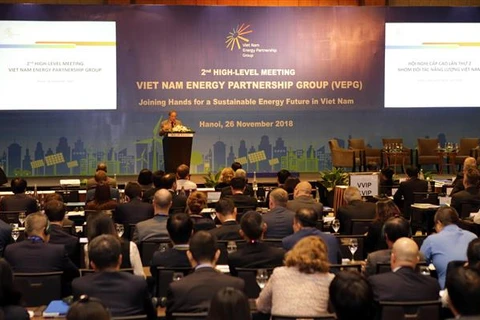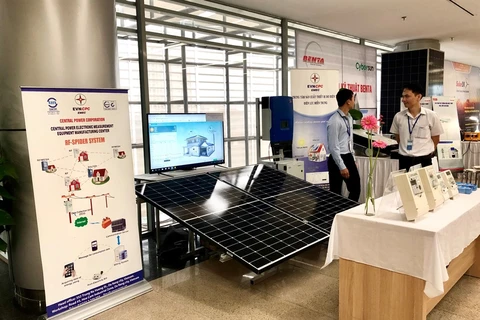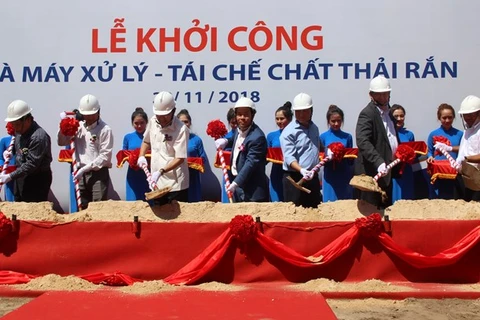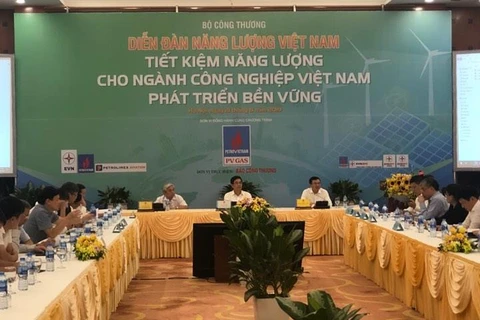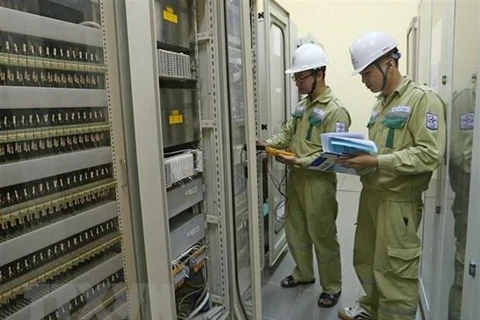Hanoi (VNA) – Hanoi and Ho Chi Minh City have the largest numbers of key energy consumers, with 247 in the capital and 311 in the southern metropolis.
The whole country has 2,605 key energy consumers, 108 more than the number published last year. They include 2,111 industrial producers, 73 transport companies, and 410 public works.
The annual list was issued following Decision No 1469/QD-Ttg signed by Deputy Prime Minister Trinh Dinh Dung on October 28.
Under the law on Economical and Efficient Use of Energy, a key energy consumer is defined as an industrial producer, agricultural producer, transport company that consumes at least 1,000 tonnes of oil equivalent (TOE) each year; and public works such as office building, hospital, hotel, supermarket and shopping centre consume at least 500 tonnes of TOE annually.
Dung told the Ministry of Industry and Trade to work with relevant agencies to manage the energy consumption of key energy consumers to comply with the law.
A key energy user has to implement a five-year plan on economical and efficient use of energy in line with its production and business plan as well as report the results to authorized agencies.
It is also required to establish a regime of taking responsibility of both individuals and collectives for following the law. The key energy user must use an energy management model under the ministry’s instructions.
The Deputy PM assigned the ministry to work with local administrations in provinces and cities to update the list every year and send a report so the Government could publish it before March 31 each year.
The country has implemented the Vietnam National Energy Efficiency Programme and achieved encouraging results.
The programme’s phase 1 in 2006-2010 and phase 2 in 2012-2015 had helped saving 2-4 percent and 5.56 percent, equivalent to 4.9 million and 11.2 million TOE.
Under the programme’s phase 3 in 2019-2030, the country targets to reduce energy consumption by 8-10 percent during the period./.
VNA

